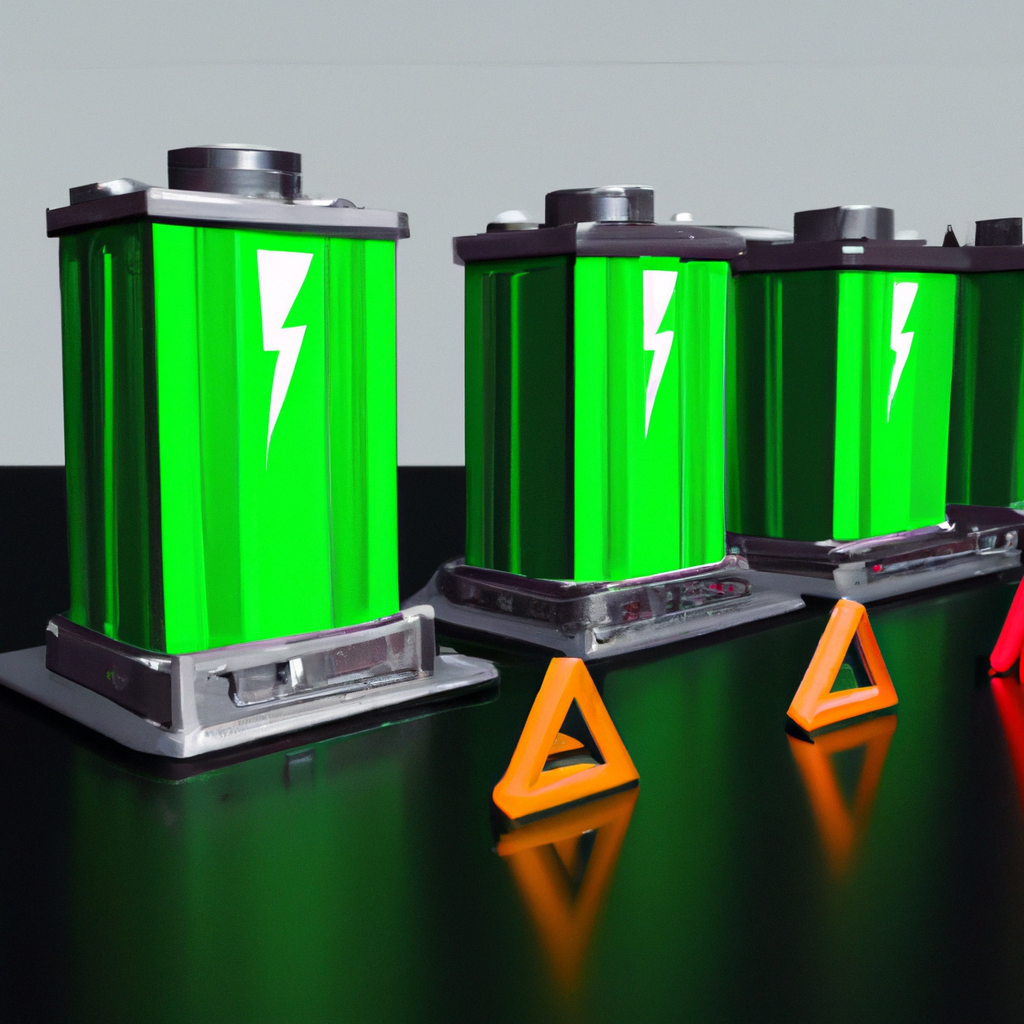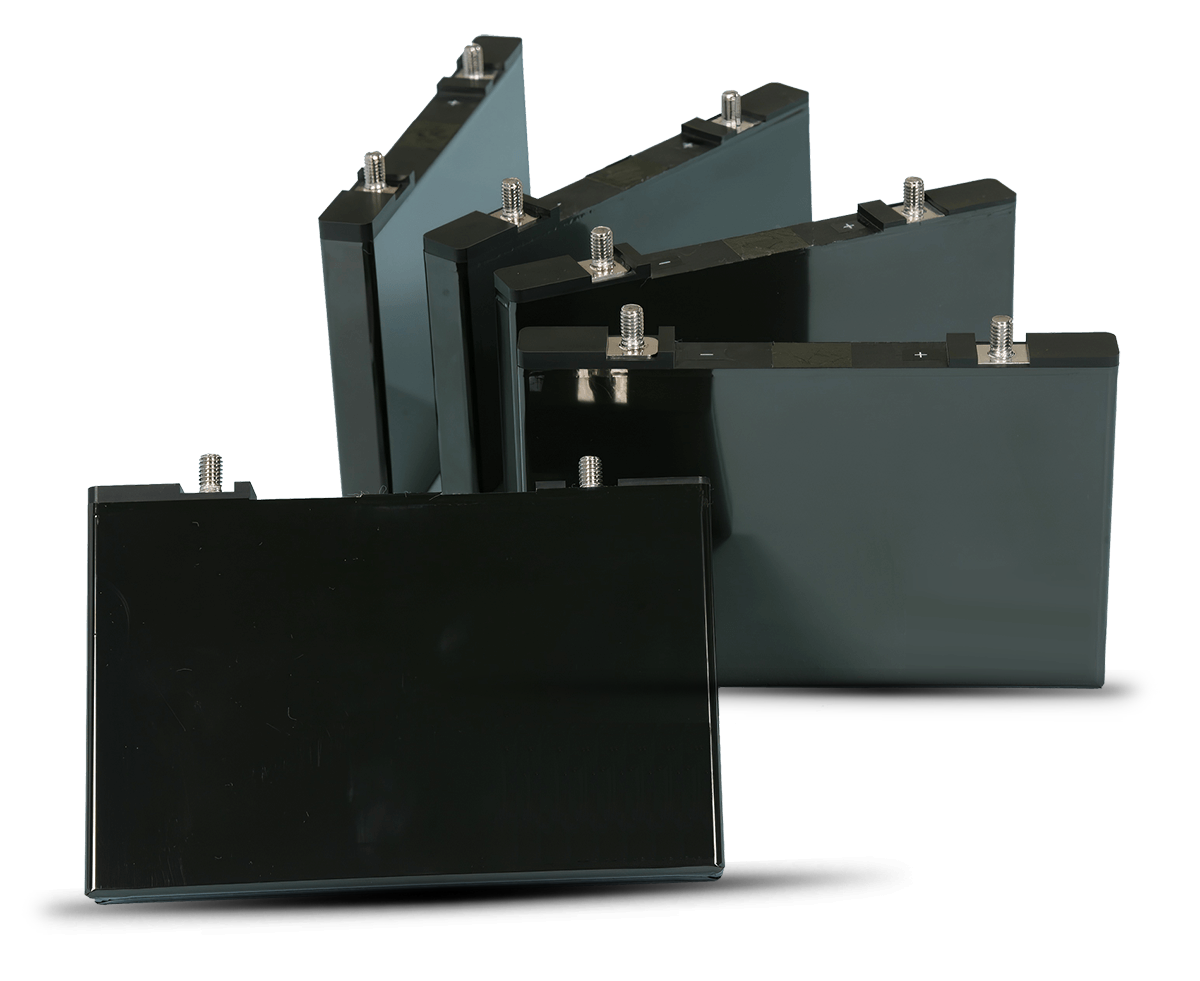Safety of Lithium Ion Batteries and Hybrid SuperCapacitors (HSCs)

Batteries and power storage devices are required to have basic characteristics such as quick charging and long-lasting, and they must be safe and secure to use.
This time, we will introduce the safety of lithium-ion secondary batteries (hereinafter referred to as lithium-ion batteries) and Hybrid SuperCapacitors (HSCs).
Lithium-ion battery safety
You have probably heard the news that PCs and smartphones equipped with lithium-ion batteries generate heat or catch fire. The cause of these accidents may be external force or a defect in the battery itself, but in most cases, a short circuit between the positive electrode and the negative electrode is a direct cause of heat generation and ignition. It is a trigger.
When the positive and negative electrodes are short-circuited, a large amount of current causes local heat generation, which leads to a reaction between the negative electrode and the electrolyte. It may be settled here, but when the heat generation reaches around 200 ° C, the crystals of the metal oxide, which is the positive electrode material, collapse and oxygen is released. When this happens, this oxygen becomes fuel and enters a mode of further heat generation. This is the so-called "thermal runaway" phenomenon. And in the worst case, it leads to accidents such as explosions and fire.
Causes of short circuits and countermeasures
In what cases does a short circuit between the positive and negative electrodes occur due to factors other than external factors?
One of the reasons for this is thought to be the contamination of fine powder such as metals and carbon materials in the manufacturing process of lithium-ion batteries. When these fine powders are mixed in, what did not happen in the new state is that the swelling and contraction of the electrodes due to repeated use breaks through the separator that separates the two electrodes, resulting in a short circuit.
Contaminants are not the only cause of short circuits. The materials that make up a lithium-ion battery can transform into dendrites (needle-shaped crystals) and break through the separator. One of them is lithium dendrite. Lithium-ion batteries repeatedly charge and discharge by exchanging lithium ions between the positive and negative electrodes, but when current concentrates on a part of the electrode, such as a non-uniform part, lithium becomes an electrode in the form of a dendrite. The phenomenon of depositing on the surface occurs. When this lithium dendrite grows until it breaks through the separator, it leads to a short circuit.
This is not the only dendrite that causes short circuits. It's not as well known in the world as lithium dendrites, but copper dendrites should also be watched.
Copper is used as a current collector in the negative electrode of LIB. Copper exists stably as a metal under normal conditions, but when LIB falls below the rated voltage and becomes over-discharged, the potential of the negative electrode rises, and when it exceeds the elution potential of copper. It becomes an ion form from metal and dissolves in the electrolytic solution. If charging and discharging are repeated in this state, the ionized copper will become dendrites and precipitate, which may cause a short circuit.
In order to eliminate the above short-circuit factors, lithium-ion battery manufacturers pay close attention to foreign matter prevention, detection accuracy improvement, cell design that is less likely to generate dendrites, and process design.
In addition, they have devised various measures such as giving the separator a shutdown function by heat so that it will not explode or ignite even if a short circuit occurs.
Hybrid SuperCapacitor (HSC) Safety

Hybrid supercapacitor (PRISMATIC CELLS) by Musashi Energy Solutions
Hybrid SuperCapacitors (HSCs) use a carbon-based material that can occlude lithium ions as a negative electrode material while using the principle of a general electric double-layer capacitor, and the energy density is improved by adding lithium ions to it. It is a capacitor.
This Hybrid SuperCapacitor (HSC) is said to be a safer device than lithium-ion batteries, but there are several reasons for this.
One of the reasons is the difference in the positive electrode material. I explained the "thermal runaway" of lithium-ion batteries earlier, but unlike lithium-ion batteries that use metal oxides for the positive electrode, activated charcoal, which is the positive electrode material of Hybrid SuperCapacitors, contains oxygen as a fuel for thermal runaway. Therefore, even if a short circuit occurs, it will end without reaching a chain reaction mode.
The second reason is that copper dendrites do not precipitate. In Hybrid SuperCapacitors (HSCs), the negative electrode is pre-doped with lithium ions (lithium pre-doped), and during charging and discharging, the negative electrode moves back and forth between extremely low potentials that are close to the lithium potential. Even if the LIC exceeds the rated voltage range and becomes over-discharged, the negative electrode potential does not rise to near the copper elution potential, so the risk of copper dendrite precipitation is extremely low.
The third reason is the difference in the energy we have. Hybrid SuperCapacitors (HSCs) are devices with extremely high energy density among capacitors such as electric double layer capacitors (EDLC), but the reality is that they are about an order of magnitude lower than lithium-ion batteries. Even if the energy possessed by a short circuit is released at once, its power is an order of magnitude lower than that of a lithium-ion battery.
Summary of the safety of Hybrid SuperCapacitors (HSCs)
We wrote about the safety of lithium-ion batteries and Hybrid SuperCapacitors (HSCs).
Musashi Energy Solutions (MES) is developing and manufacturing the Hybrid SuperCapacitors mentioned in this blog today. If you are interested in or have any questions about Hybrid SuperCapacitors, please contact us using the inquiry form.
* Please understand that the description in this blog includes interpretations based on the author's experience and subjective opinions. In addition, the technical information contained in this blog does not grant any guarantee or license to the intellectual property rights or other rights of the Company or a third party.
